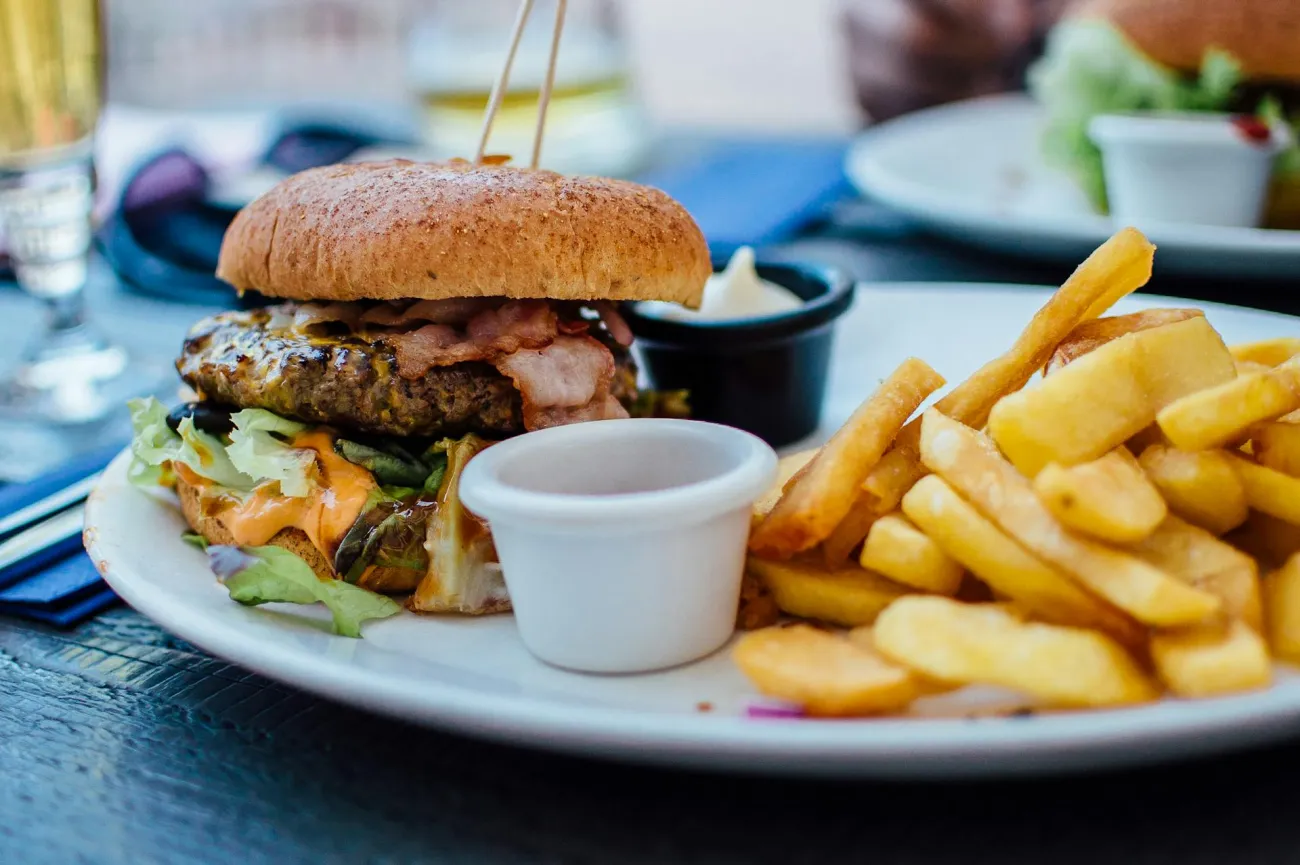This article outlines two different models for understanding the obesity pandemic: the first and most commonly accepted being the energy balance model, which argues that obesity is driven by high energy consumption, and the second, favoured by the authors, being the carbohydrate-insulin model, which suggests that obesity is instead driven by consumption of rapidly digestible carbohydrates.

According to the energy balance model (EBM), people consume more energy than they burn, partly because of the marketing of highly palatable processed foods and partly because of sedentary lifestyles. When obesity is viewed through the EBM, the way to lose weight is to reduce energy intake and/or increase physical activity to create a calorie deficit.
The authors criticise the EBM on several grounds:
- Although weight gain can only occur when energy intake exceeds energy expenditure, it is not necessarily the case that weight gain is caused by the energy imbalance; it is also possible that weight gain drives increased consumption.
- The EBM usually focuses on consumption of highly palatable foods, such as those high in fat, sugar or salt. However, there is little evidence linking the palatability of food to chronic overconsumption; indeed, animal studies show that dietary macronutrient composition is more important than palatability itself. Furthermore, say the authors, palatability is not a fixed property, since people can learn to enjoy different foods. (Note from TABLE: see our summary of the paper Ultra-Processed Diets Cause Excess Calorie Intake and Weight Gain).
- The EBM offers no explanation for the observed change in body weight “set point” over the past few decades, i.e. while in the 1960s the average US male weighed 75 kg and provision of excess calories would have activated biological changes that resist weight gain (such as decreased hunger or increased energy expenditure), now the average US male weighs 90 kg, and restricting energy intake with the aim of reaching 75 kg would prompt bodily responses that oppose weight loss.
The carbohydrate-insulin model (CIM) argues that weight gain is linked to “hormonal and metabolic responses to the source of dietary calories, not merely calorie content”. In particular, the glycemic load (GL) of food is an important influence. GL accounts for both the total amount of carbohydrate consumed and the rate at which it raises blood sugar during digestion. Foods with a high GL include processed grains, potato products and sugary foods. Foods with a low GL include fruit and vegetables, minimally processed grains, beans and nuts.
According to the CIM, consuming a high-GL meal results in a cascade of hormonal shifts that result in the body thinking that important parts such as the liver are still lacking in energy. The result is craving for further high-GL foods and reduced energy expenditure. Thus, the CIM sees the obesity epidemic as being driven by both an increase in total carbohydrates and by the “exceptionally high GI of modern processed carbohydrates”.
The CIM promotes a different weight-loss strategy to the EBM, since trying to consciously limit energy intake while still consuming a high-GL diet is unlikely to stop either hunger or fat deposition. Instead, restricting carbohydrate intake could increase fat breakdown and reduce spontaneous food consumption.
The paper sets out various testable hypotheses that arise from the CIM relating to hormonal responses to food, fat storage mechanisms and preferences for foods with different GLs. Experiments exist to support some of these, but further work is needed. The paper also discusses some critiques of the CIM.
Abstract
According to a commonly held view, the obesity pandemic is caused by overconsumption of modern, highly palatable, energy-dense processed foods, exacerbated by a sedentary lifestyle. However, obesity rates remain at historic highs, despite a persistent focus on eating less and moving more, as guided by the energy balance model (EBM). This public health failure may arise from a fundamental limitation of the EBM itself. Conceptualising obesity as a disorder of energy balance restates a principle of physics without considering the biological mechanisms that promote weight gain. An alternative paradigm, the carbohydrate-insulin model (CIM), proposes a reversal of causal direction. According to the CIM, increasing fat deposition in the body—resulting from the hormonal responses to a high-glycemic-load diet—drives positive energy balance. The CIM provides a conceptual framework with testable hypotheses for how various modifiable factors influence energy balance and fat storage. Rigorous research is needed to compare the validity of these 2 models, which have substantially different implications for obesity management, and to generate new models that best encompass the evidence.
Reference
Ludwig, D.S., Aronne, L.J., Astrup, A., de Cabo, R., Cantley, L.C., Friedman, M.I., Heymsfield, S.B., Johnson, J.D., King, J.C., Krauss, R.M. and Lieberman, D.E., 2021. The carbohydrate-insulin model: a physiological perspective on the obesity pandemic. The American journal of clinical nutrition, nqab270.
Read the full paper here. See also the TABLE explainer What is the nutrition transition?




Comments (0)